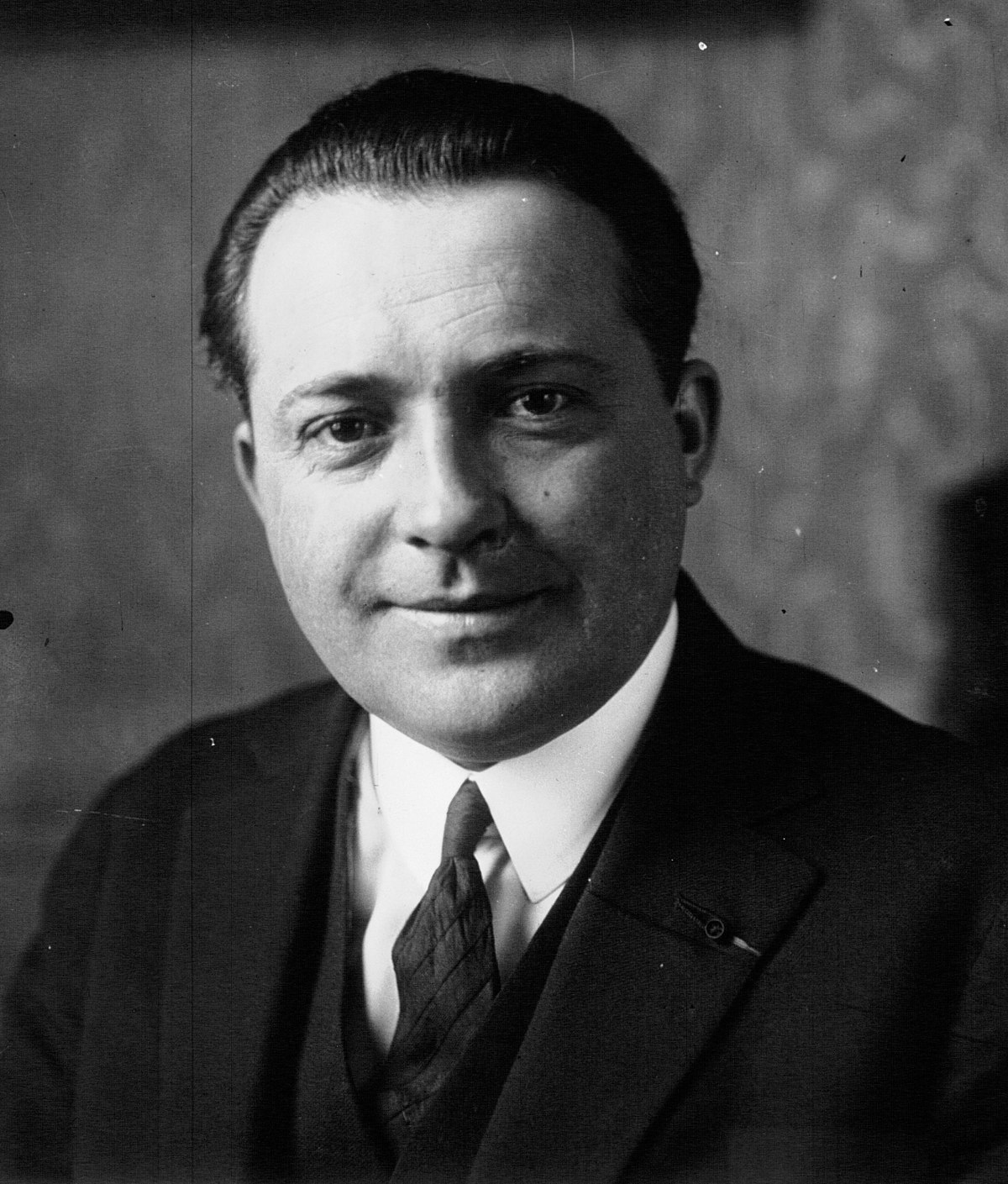
23 June 1924: Joseph Sadi-Lecointe set a Fédération Aéronautique Internationale (FAI) World Record for Speed Over a Distance of 500 Kilometers when he flew a Nieuport-Delâge NiD-42 S sesquiplane to an average speed of 306.70 kilometers per hour (190.57 miles per hour) at Istres, France.¹
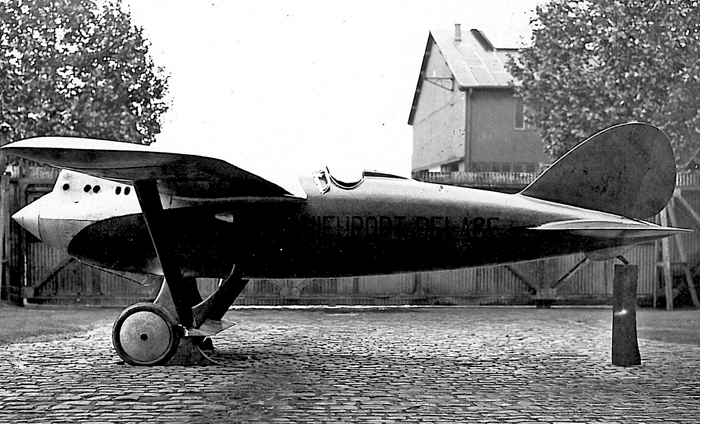
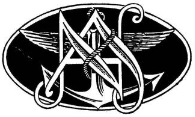
The NiD-42 S racer was 6.55 meters (21 feet, 5.9 inches) long and 2.20 meters (7 feet, 2.6 inches) high. The upper wingspan was 9.50 meters (31 feet, 2.0 inches) and the lower wing, 2.75 meters (9 feet, 0.3 inches). The vertical gap between the wings was 1.70 meters (5 feet, 6.9 inches). The lower “half wing” had an area of 1.60 square meters (17.22 square feet).
The racer’s empty weight was 1,170 kilograms (2,580 pounds), and gross weight was 1,440 kilograms (3,175 pounds).
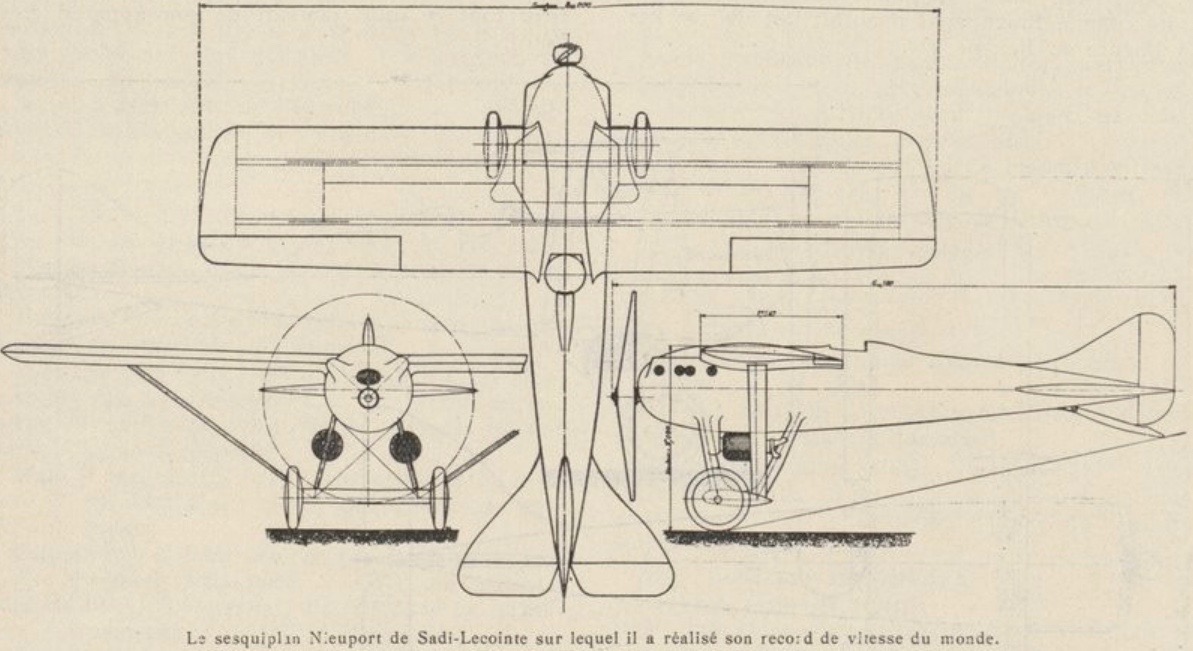
The fuselage was a wood monocoque assembly, built in two halves, using as many as six layers of 0.9 mm (0.04 inches) white wood strips, placed diagonally at alternating 90° angles. The completed fuselage was then covered in doped fabric. The upper wing was one built as one piece, using two spruce spars. The surfaces were plywood, covered with fabric. The struts were steel tubing with a streamlined cross section. Cylindrical Lamblin radiators were used for engine cooling, located under the fuselage. The lower “half-wing” was made of duralumin.

The NiD-42 S had a maximum speed of 330 kilometers per hour (205 miles per hour) and maximum range of 500 kilometers (311 miles).
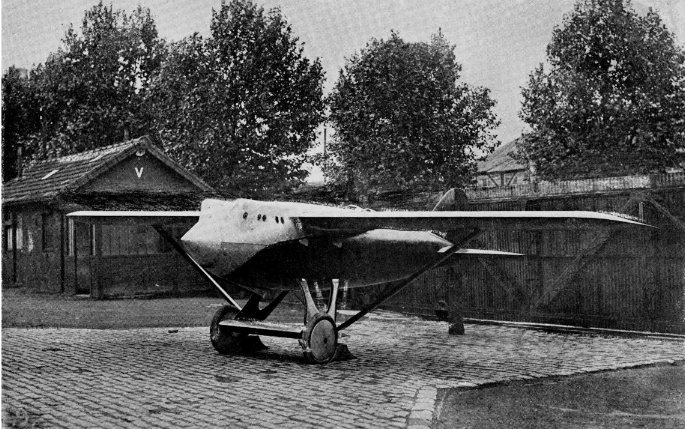
Joseph Sadi-Lecointe learned to fly in 1910. The Aero Club de France awarded him its license number 431 on 10 February 1910.
He joined the Service Aéronautique (the original form of the French Air Force) as a mechanic in October 1912, and was designated pilote militaire nº375, 20 September 1913. He served as a pilot during World War I, flying the Blériot XI-2, Morane LA and Nieuprt X, then in December 1915 became a flight instructor at l’Ecole de Pilotage d’Avord.
Sadi-Lacointe was promoted from the enlisted ranks to sous-lieutenant, 17 September 1917, and was assigned as a test pilot at Blériot–Société Pour L’Aviation et ses Dérivés, where he worked on the development of the famous SPAD S.XIII C.1 fighter.

After the War, he was a test pilot for Nieuport-Delâge, and participated in numerous races and set a series of speed and altitude records with the company’s airplanes.
Sadi-Lecointe returned to military service in 1925 and participated in the Second Moroccan War. Then in 1927, he returned to his position as chief test pilot for Nieuport-Delâge. From 1936 to 1940, he served as Inspecteur général de l’aviation civile (Inspector General of Aviation) for the French Air Ministry. With the outbreak of World War II in 1939, Lieutenant Colonel Sadi-Lecointe was again recalled to military service as Inspector of Flying Schools.
With the Fall of France, Sadi-Lacointe joined La Résistance française and operated with the group Rafale Andromède. He was captured and tortured by the Gestapo at Paris, and died as a result, 15 July 1944.
Joseph Sadi-Lecointe, Commandeur Ordre national de la Légion d’honneur, was awarded the Croix de Guerre in three wars. He was posthumously awarded the Médaille de la Résistance. The Aéro-Club de France awarded him its Grande Médaille d’Or de l’Aéro-Club de France. During his flying career, Sadi-Lecointe set seven World Records for Speed, and three World Records for Altitude.
MORT POUR LA FRANCE
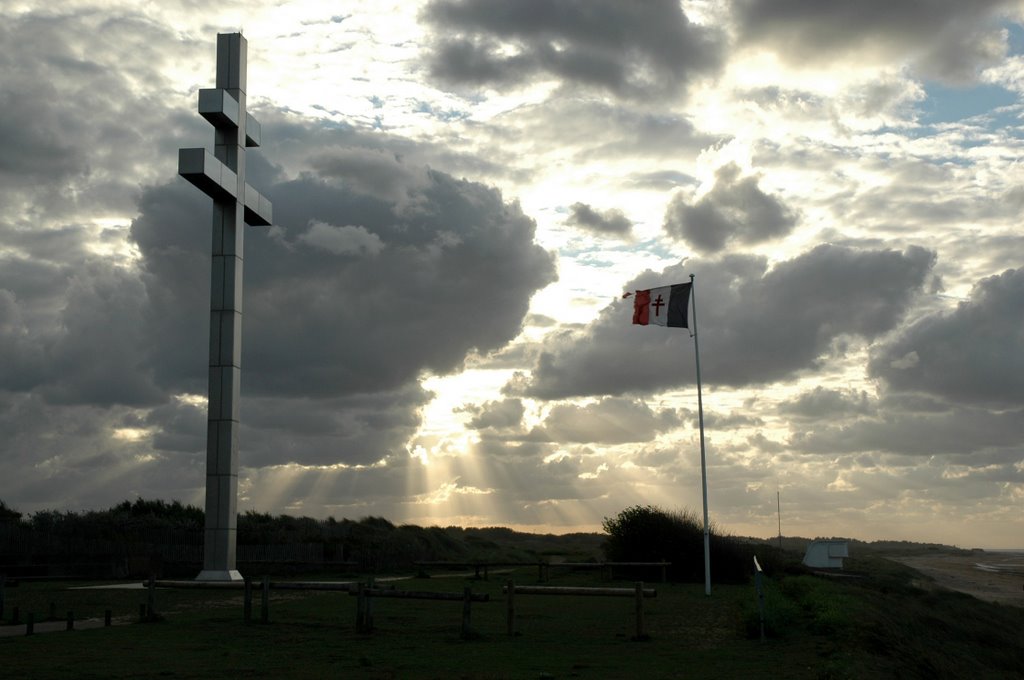
¹ FAI Record File Number 14618
© 2019, Bryan R. Swopes